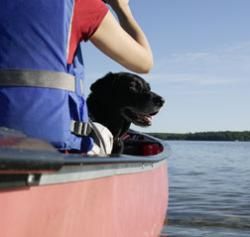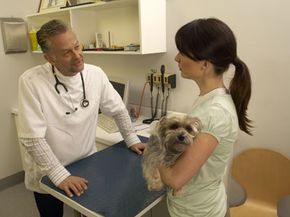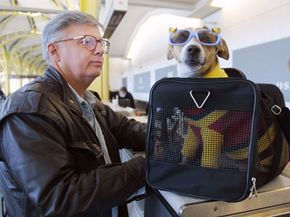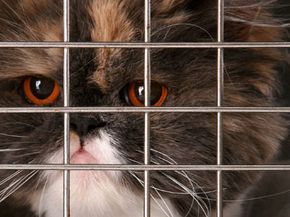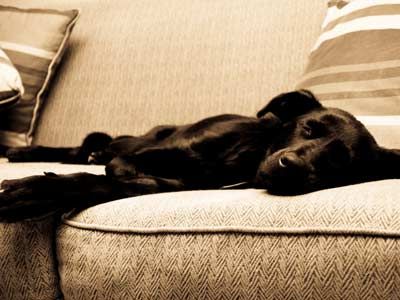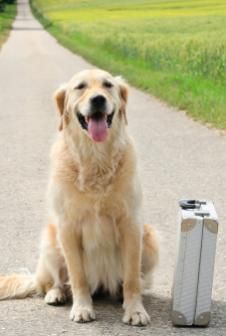For some people, traveling without their pets simply won't do. A vacation away from Noodle, Scraps, or Mr. Pickles is no vacation at all; it's an excruciating separation from beloved companions.
Advertisement
Fortunately for these folks, modern air travel has branched out to include passengers of the four-legged variety. Most airlines offer travel for pets, either in the plane's cabin or in its cargo hold. The costs of traveling with your pet can vary from airline to airline, and there are restrictions and requirements you'll have to consider. The bottom line is this: Make sure you find out everything you need to know from your airline before your flight.
Before you hit another Web site in search of sunglasses your dog can wear to the beach, check out our five tips for flying with your pet, listed in no discernable order.
